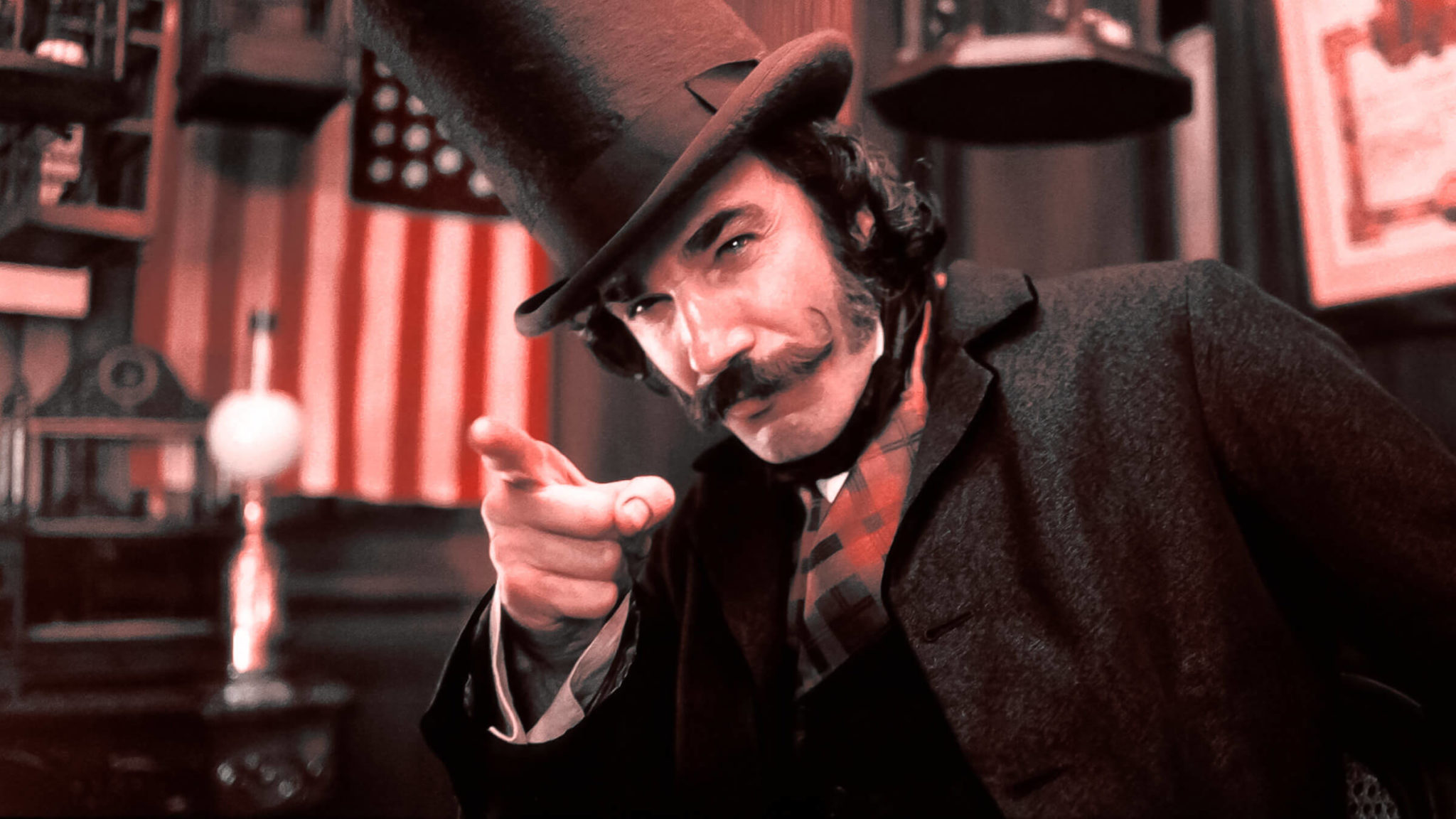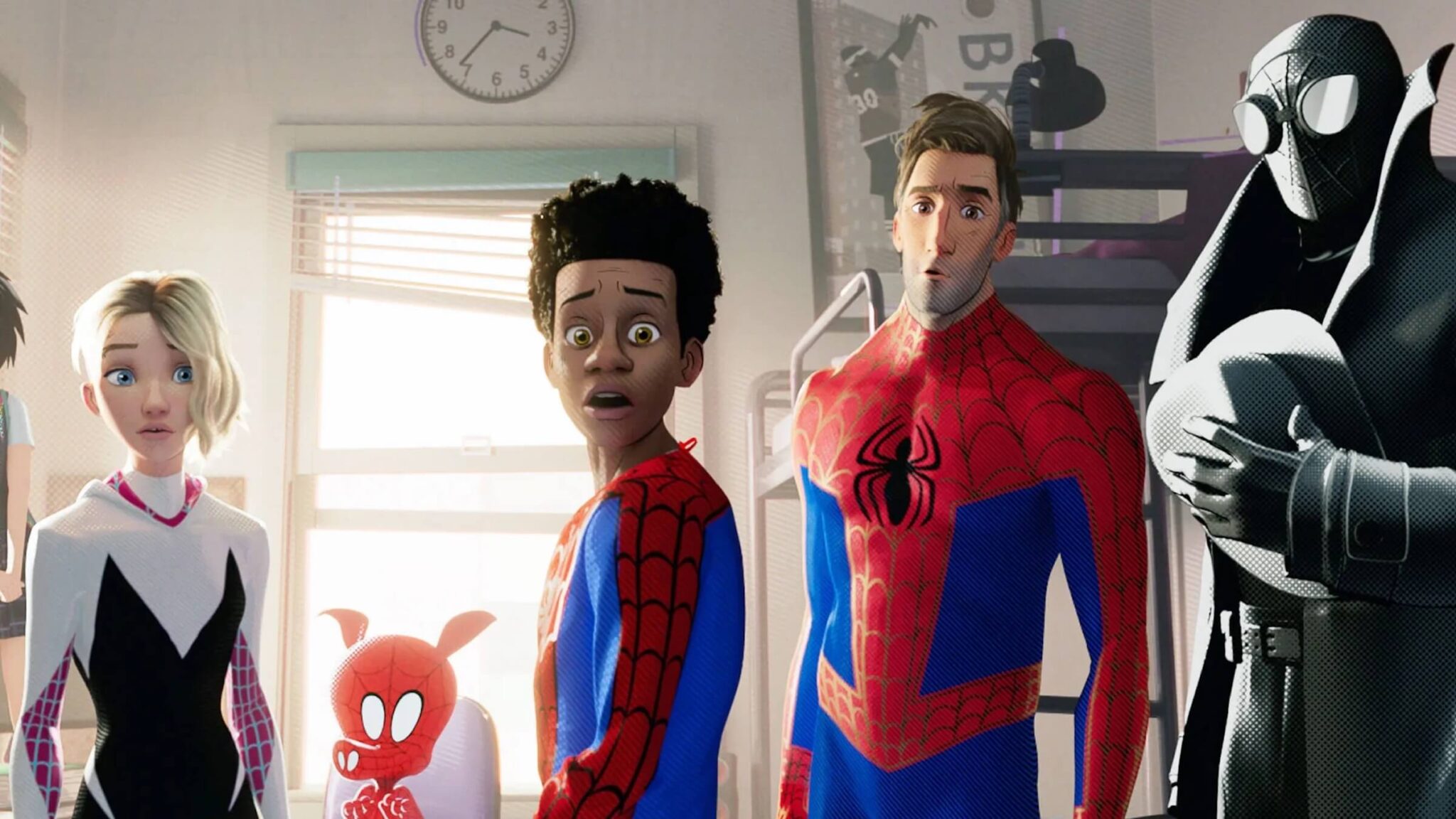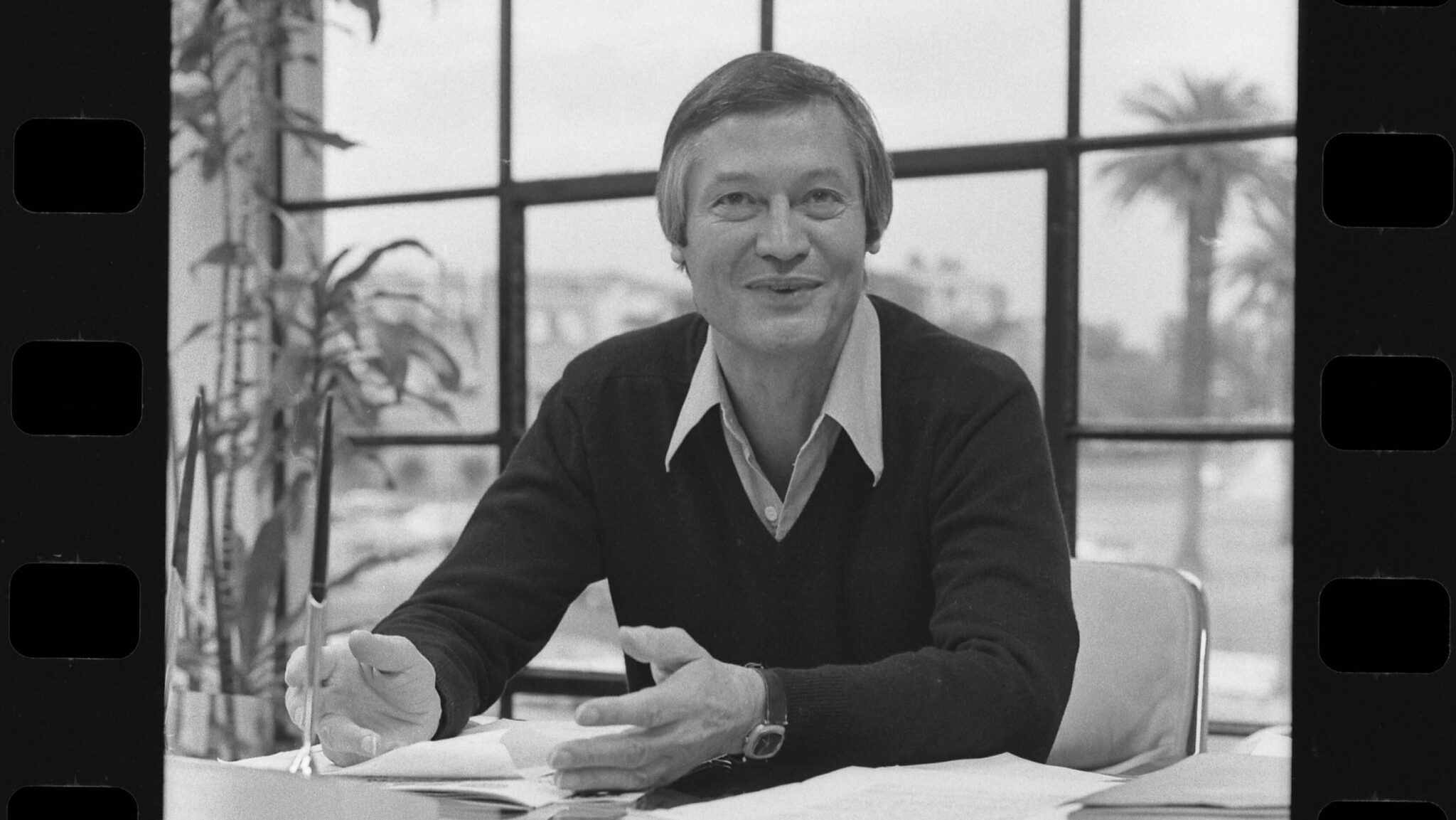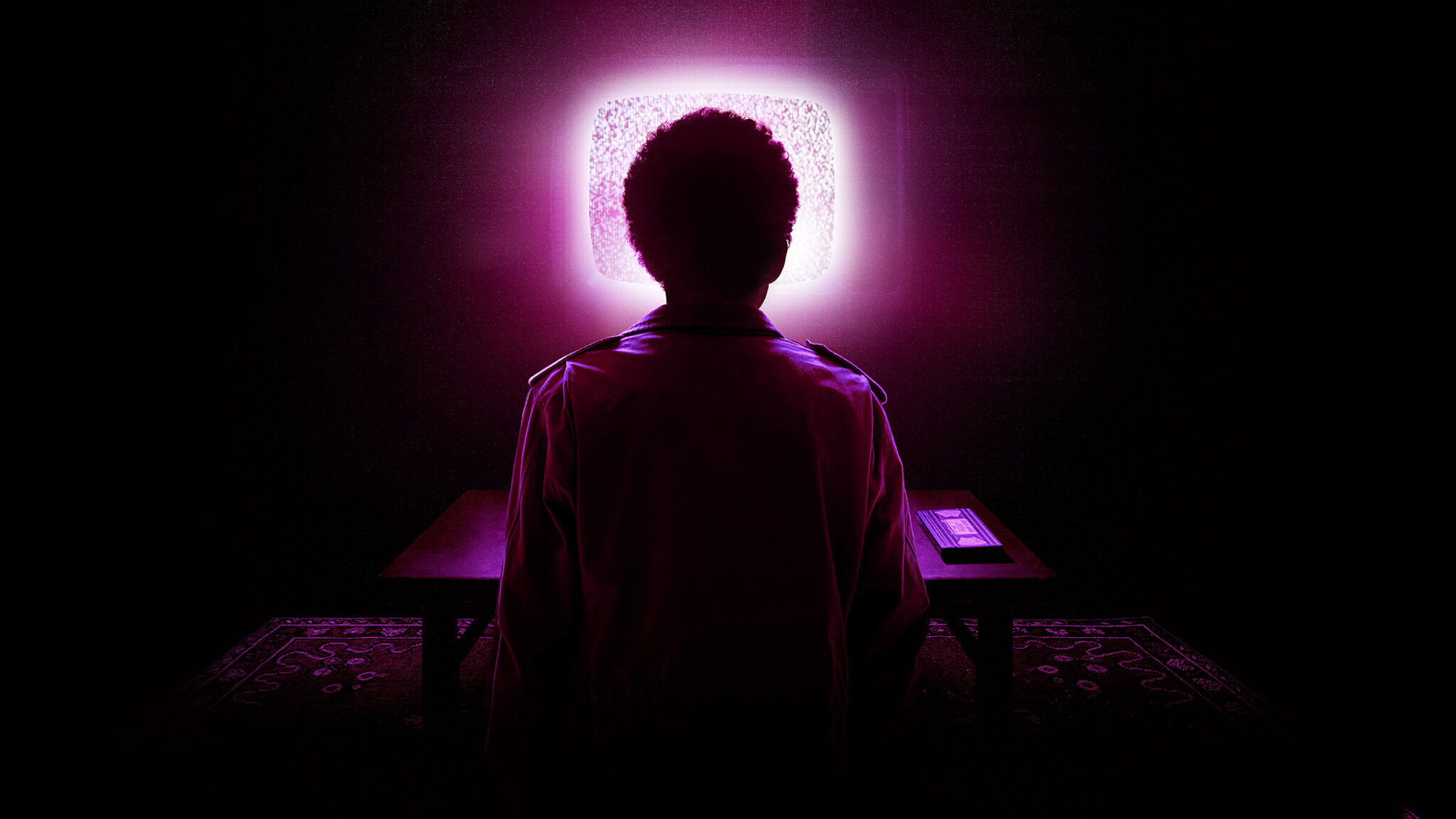TV Drama Breakdown: Explore the Act Structure of 'This is Us'

What can the pilot script for the critically-acclaimed hit show This Is Us teach budding television writers about TV drama structure?
Before we dive into the This Is Us pilot script, you'll want to know the basics of the structure and format of TV scripts in general, regardless of genre. Luckily, we already have a great primer that breaks much of it down for you.
And for the drama genre specifically, let's run through some important concepts, practices, and methods, which will make our breakdown of This Is Us a little easier to follow.
TV Drama Script Structure and Format
With television, you’re creating a world with a cast of characters that will hopefully continue for upwards of 10-24 episodes (give or take) for multiple seasons. The main story will not be resolved by the end of each television script.
You have the options of:
- Hour-long dramas or serials
- Hour-long procedurals
- Half-hour sitcoms
- Limited series (American Horror Story) or miniseries.
While each episode may showcase a certain story that is resolved by the end, the characters, their main stories, and their arcs continue throughout each season.
In short, a television series is an ever-evolving medium for the story and characters, while a film stands alone on its own with complete closure by the end.

American Horror Story: Murder House
Network Television vs. Premium Cable and Streaming Drama Format
Format wants and needs have changed as premium cable and streaming channel shows have expanded drastically over the last ten years. Is there a difference between the formatting of a pilot script meant for network television and premiums and streamers? We're actually going to explore that answer with two different examples:
- Old School Network TV Format (some of which is still used today)
- New School Network, Premium Cable, and Streaming Format
Old School Network Television Format
Network television drama scripts of old are broken down into a five-act structure and format. We'll discuss the general five-act structure that most TV drama scripts follow when it comes to the narrative structure guidelines and expectations. But let's touch on the format.
Yes, there's a clear difference between what you'll read in most network TV scripts compared to what you'll see in scripts from premium channel and streamer teleplays. And it all starts with one major difference — commercials.
There are generally six or so commercial breaks within a network television show episode. And each commercial break represents a break between acts, with the story leaving the audience on somewhat of a cliffhanger to keep them tuned in.
New School Network, Premium Cable, and Streaming Formats
Take what you learned from the above old school format breakdown and delete the script's centered act breaks and titles.
For Premium Cable and Streaming channels, there are no commercial breaks. You don't need to identify those breaks within the script, making the format look more like a feature screenplay aesthetic.
And a lot of network pilot scripts are eliminating those format elements as well.
Why the change?
With Premium Cable and Streaming channels now in the mix, TV writers don't know what platform their pilots will land on. The sales process with agents, managers, development executives, and producers has changed. One pilot initially meant for network television could be rejected by every network but picked up by a streaming channel like Netflix, Amazon Prime, or Hulu.
The "new school" format isn't set in stone. You could honestly use the "old school" format with no issues. And it may be good for you to present your pilot in "old school" fashion to showcase your knowledge of the five-act structure.
In short, it's up to you when it comes to formatting.
However, you do want to retain the narrative five-act structure. You want that teaser. You want that first act conflict to throw your characters into the drama. You want to retain each act as described above. The five-act structure fits perfectly into the 52-minute (network timeslot with commercials) to 60-minute (premium cable and streaming episodes without commercials) platform.
Nearly every dramatic hour-long series episode abides by it. But there are variances. And that is where This Is Us comes in.
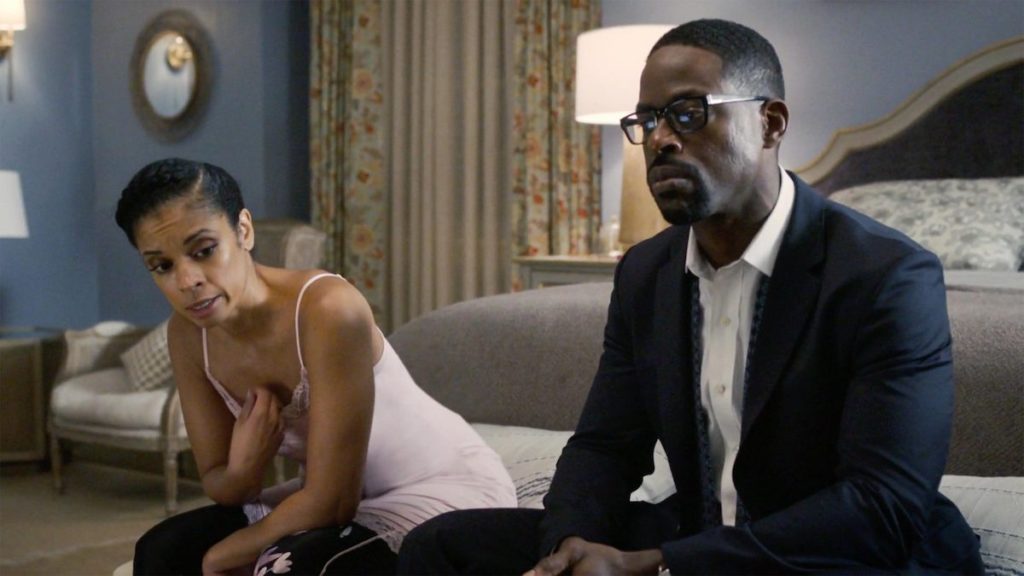
'This is Us'
This Is Us TV Drama Pilot Breakdown
This pilot is a perfect example of "new school" format being utilized for a network pilot. Yes, the NBC show is on network television and does have commercial breaks. But the script itself is written without the centered act breaks and titles.
The pilot script was written by Dan Fogelman, an established Hollywood screenwriter (Cars, Bolt, Crazy Stupid Love).
How This Is Us Employs the Five-Act Structure
The narrative structure of This Is Us is unique because it utilizes different time periods throughout each episode, compounded by the dynamics of juggling an ensemble cast.
The story isn't just about one single protagonist. It follows five protagonists — Randall, Kate, and Kevin and their parents Jack and Rebecca — with equal importance. Later on in the show, it follows them in three to four different timelines. While this may seem complicated, the show writers balance these multiple protagonists within the five-act structure.
Let's take a look at the script and see how the five-act structure works in this unique form.
CLICK HERE to read the pilot script for This Is Us!
Teaser
Since we have five protagonists to introduce, the teaser is going to be a little longer.
Jack and Rebecca are introduced first in the opening scene, followed by brief scenes with Kate, Randall, Kevin, and then ending with a moment between Kevin and Kate (we learn that they are brother and sister).
This teaser takes up 13 pages, including a title page and a page with a quote on it. So it's actually about 11 pages. The run-time of the actual episode to this point is about 7 minutes and 47 seconds.
We've been introduced to the characters and their worlds. We've also been introduced to the conflict that each protagonist is facing within the episode.
- Rebecca and Jack are having a baby. Rebecca's water broke.
- Kate is struggling with her weight.
- Randall has received a message that someone he has been looking for has been found.
- Kevin struggles with being the star of a demeaning show and wondering what he should be doing with his life.

'This is Us'
Act One and Act Two
Act One and Act Two actually blend. Commercial-wise, they are played as two separate acts. Narrative-wise, they represent a single act together as we watch these five characters deal with the conflicts introduced in the teaser.
Onscreen, Act One goes from 7 minutes and 47 seconds to 13 minutes and 20 seconds. So we're done with Act One onscreen just after the 13-minute mark of the episode.
Act Two goes from that 13-minute mark to 20 minutes and 20 seconds. We're done with Act Two after the 20-minute mark of the episode.
Page-wise, Act One and Act Two take us to page 31 out of 55.
- Rebecca and Jack learn that their regular doctor isn't available. They meet a wise, old new one. Rebecca is scared, and Jack assures her that they're going to get through this.
- Kate struggles with her weight. She attends an overweight group therapy session and meets Toby.
- Kevin is on set taping an episode of his show. Again, he feels he's in a demeaning role as he's shirtless in front of the audience. He questions the scene with the director. The director tells him to read his lines, or he will replace him.
- During soccer games that their girls are playing in, Randall tells his wife Beth that he has found his father. He, at first, tells her that he's not going to meet him. He changes his mind. The Second Act ends with Randall confronting his birth father. He is then invited in to talk.
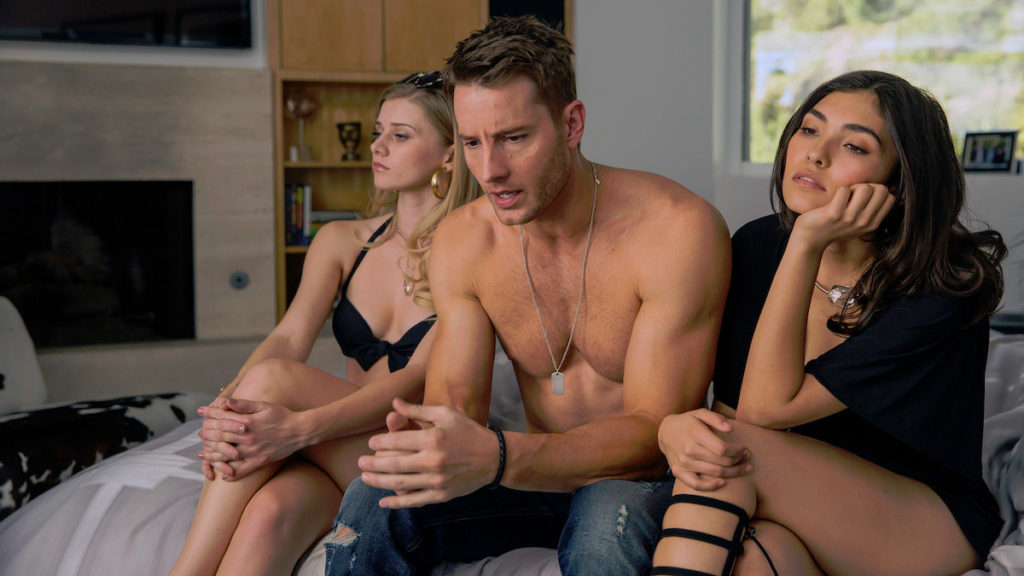
'This is Us'
Act Three
As we've seen in the page breakdowns above, the third act is usually just a bit short. It's an extension of the conflicts we learned more about in Act Two. In short, things get worse. And if they are not outright bad, there's just more conflict being dealt with overall.
Onscreen, Act Three begins just after the 20-minute mark and takes us to 27 minutes and 40 seconds or so. Page-wise, Act Three ends at the start of page 40, which means it lasted just about 9 pages.
Pretty much all of the characters are either at their lowest point or conflict has been leveled up.
- Kevin has a blow-up on set and quits.
- Rebecca begins to have the babies, but complications occur, and Jack is taken out of the room as the doctor begins to prep for an emergency procedure.
- Randall meets with this birth father, and some revelations are shared. At the end of this act, Beth is ready to welcome Randall home (not knowing that he went to see his birth father, William), only to be shocked as he arrives with William.
Kate isn't featured in this act. When you're dealing with an ensemble cast of equal importance, that happens. She'll play a bigger part in Act Four.
Kevin, Rebecca, and Jack are at their lowest points thus far. They're struggling.
Randall has introduced major conflict to his family life by bringing William home unannounced. It's actually a positive. But it's conflict nonetheless.
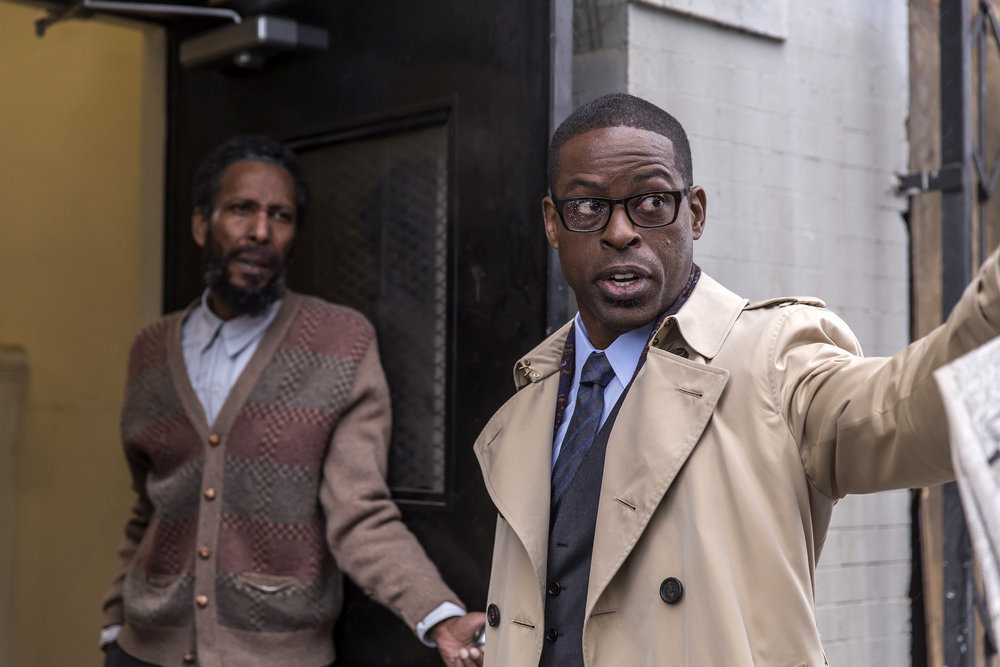
'This is Us'
Act Four
Things aren't necessarily better yet for our five characters, but they are learning things. They are on the cusp of making a necessary change in their lives — either physically or emotionally.
- Randall is full of glee seeing his birth father interact with his family. Beth is still a bit shocked. Supportive but shocked.
- We're back with Kate now. She's on a date with Toby. It goes amazingly well, but we also see her open up about her struggles with her weight. But the silver lining is that she has met someone perfect for her.
- Kevin shows up in Kate's house while Kate and Toby are about to have an intimate moment. Together, they watch the viral video of Kevin's meltdown.
- Things worsen for Rebecca and Jack as Jack is told that one of the triplets they were having was stillborn. While this may seem like the lowest point, it's actually a positive shift as well. Rebecca is above and well. They have two new babies. Their new doctor gives Jack inspiring advice and comfort.
Onscreen, Act Four goes from just over 27 minutes to almost 37 minutes. Page-wise, we go from pages 40 to 48.

'This is Us'
Act Five
Act Five is where the magic of this series happens. Normally in this fifth act, we see some resolutions of the events of the first four acts. But those resolutions are actually the beginning of the character arcs to come because remember — this is television.
In features, their arcs would be at least somewhat complete by the end of the film.
But in television, the end of the pilot episode is just the beginning. However, we do want to see some resolution. And in This Is Us, we are actually treated with things coming full circle as an emotional revelation is shared.
We learn that Rebecca and Jack are actually the parents of Kevin, Kate, and Randall. Furthermore, we learn that Randall is the adopted son of them — and the adopted brother to Kevin and Kate.
And the screenplay didn't cheat. In Rebecca and Jack's story, we were never shown too much about the time period they were in. We just assumed it was the present. But in this fifth act, as we watch Jack looking at his two newborns, a fireman has a moment with him. He points out a baby that was left at the fire station. It's Randall.
At that moment, the fireman asks him if he wants a smoke. In today's world, we know they couldn't possibly smoke in a hospital. We then notice the different time period represented in the background. It's the 1970s. Rebecca and Jack are the parents of Kevin, Kate, and Randall.
Act Five went from 37 minutes to almost 43 minutes, which was the pilot episode's end runtime. Page-wise, we went from page 48 to page 55.
We're left with these story and character points taking us into the series:
- Randall and William are reunited and happy.
- Kate and Toby are falling for each other.
- Kevin is left wondering what he's going to do with his career and life.
- Rebecca and Jack are left watching over their three newborn babies.
- And we're left wondering how all of these stories are going to continue to collide in cathartic ways.
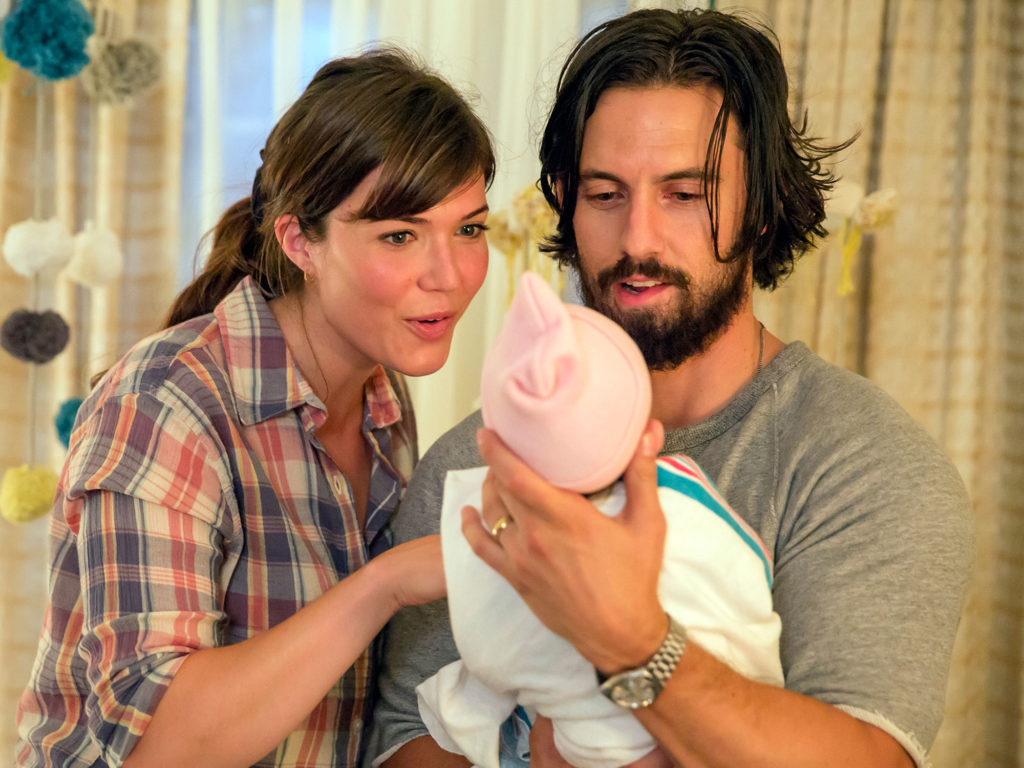
'This is Us'
What Did We Learn?
While there are guidelines for the format and structure of a TV drama pilot script, there are many variances.
The five-act narrative structure is a strong compass to show you where you need to go to tell a viable and compelling TV drama story. However, that five-act structure also allows you room enough to work in unique narratives.
If you're following a simple procedural structure, the five-act breakdown we discussed first will be the perfect fit.
If you're looking to hopefully bring something new to the table — like This Is Us did — then you can find creative ways to adapt that into the confines of the five-act structure that has been so successful for decades. And that structure is designed specifically to work within the hour-long episode platform to offer audiences cathartic and engaging drama.
Ken Miyamoto has worked in the film industry for nearly two decades, most notably as a studio liaison for Sony Studios and then as a script reader and story analyst for Sony Pictures.
He has many studio meetings under his belt as a produced screenwriter, meeting with the likes of Sony, Dreamworks, Universal, Disney, Warner Brothers, as well as many production and management companies. He has had a previous development deal with Lionsgate, as well as multiple writing assignments, including the produced miniseries Blackout, starring Anne Heche, Sean Patrick Flanery, Billy Zane, James Brolin, Haylie Duff, Brian Bloom, Eric La Salle, and Bruce Boxleitner, and the feature thriller Hunter’s Creed starring Duane “Dog the Bounty Hunter” Chapman, Wesley Truman Daniel, Mickey O’Sullivan, John Victor Allen, and James Errico. Follow Ken on Twitter @KenMovies
For all the latest ScreenCraft news and updates, follow us on Twitter, Facebook, and Instagram.
Tags
Get Our Screenwriting Newsletter!
Get weekly writing inspiration delivered to your inbox - including industry news, popular articles, and more!








